Psychoanalysis and psychodynamic therapy, led by techniques like free association and dream analysis, delve into the unconscious mind to address mental health issues rooted in past experiences, especially early childhood events. These approaches foster personal growth, healing, and improved self-perception by bringing hidden conflicts into conscious awareness. While demanding significant time and emotional investment, they offer profound insights into psychological well-being, integrating with modern psychotherapy to provide tailored treatment for diverse mental health concerns. Case studies demonstrate their effectiveness in addressing conditions like anxiety, depression, trauma, and personality disorders through enhanced understanding and self-awareness, promoting transformative healing and growth in mental health psychotherapy.
Psychoanalysis and psychodynamic therapy have made significant contributions to the field of mental health psychotherapy. This article delves into the historical roots of psychoanalysis, exploring its key principles and concepts from a psychodynamic perspective. We dissect the role of the unconscious mind in shaping mental health and detail the techniques employed in psychodynamic sessions. Additionally, we weigh the benefits and challenges of this approach, discuss its integration into modern psychotherapy, and present real-world case studies illustrating its effectiveness.
Understanding Psychoanalysis: A Historical Perspective

Psychoanalysis, a groundbreaking approach to understanding and treating mental health issues, has its roots in the late 19th century. This influential therapy was developed by Sigmund Freud, who is widely regarded as the father of psychoanalysis and psychotherapy. Freud’s theories revolutionized the way we perceive the human mind and its role in shaping our behaviors and emotions.
This historical perspective highlights that psychoanalysis focuses on exploring an individual’s unconscious thoughts and memories to gain insight into their current psychological state. By delving into the past, especially early childhood experiences, therapists aim to uncover underlying conflicts and desires that may be driving current mental health concerns. This process involves free association, dream analysis, and transference, which are key techniques in psychoanalytic practice, helping patients understand themselves on a deeper level and facilitating healing and personal growth.
Key Principles and Concepts of Psychodynamic Therapy
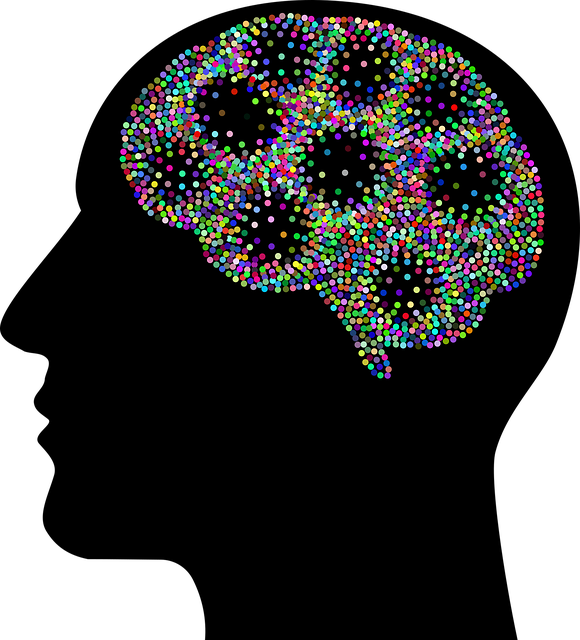
Psychodynamic therapy, a form of mental health psychotherapy, is rooted in the belief that our past experiences, particularly early childhood ones, significantly shape our current behaviors and emotions. This approach posits that unconscious thoughts and feelings, often arising from repressed memories and desires, play a pivotal role in mental distress. Central to this therapy are concepts like the ego, id, and superego—the interaction of which influences how we perceive and interact with the world.
The primary goal is to bring these unconscious conflicts into conscious awareness through techniques such as free association, dream analysis, and transference. By understanding and interpreting these hidden dynamics, individuals can gain profound insights into their thoughts and behaviors, leading to personal growth and improved mental well-being. This process allows for a deeper understanding of recurring patterns in relationships and self-perception, ultimately fostering healthier coping mechanisms.
Unconscious Mind and its Role in Mental Health

The unconscious mind is a pivotal concept in psychoanalysis and psychodynamic therapy, offering insights into the intricate web of thoughts, emotions, and memories that shape our mental health. This aspect of psychotherapy recognizes that much of our behavior, motivations, and conflicts originate not from conscious awareness but from deeper, often repressed layers of the psyche. Understanding the unconscious allows therapists to explore the root causes of psychological distress, which may lie outside an individual’s immediate perception.
In the context of mental health psychotherapy, the unconscious mind plays a significant role in facilitating healing and personal growth. Through techniques like free association and dream analysis, psychodynamic therapists help clients bring their subconscious thoughts and feelings into consciousness. By doing so, individuals can gain a deeper understanding of themselves, resolve internal conflicts, and develop healthier coping mechanisms. This process empowers them to make meaningful changes in their lives, ultimately improving their overall mental well-being.
Techniques and Methods Used in Psychodynamic Sessions
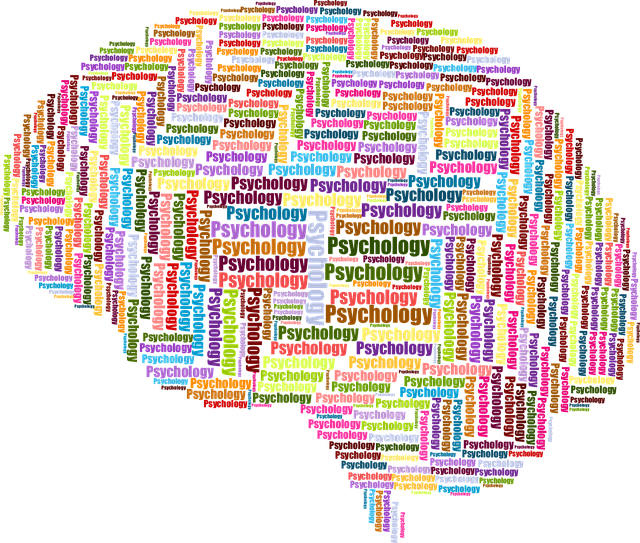
In psychodynamic therapy sessions, therapists employ a range of techniques to help clients explore their unconscious thoughts and emotions. These sessions are often structured around free association, where individuals express their feelings and ideas without censorship or structure. Therapists listen for recurring themes, dreams, and slips of the tongue—all considered valuable insights into a client’s subconscious. By interpreting these symbols and behaviors, therapists aim to reveal underlying conflicts and motivations that may be contributing to mental health issues.
Another key method is transference analysis, where clients project past feelings onto the therapist. This allows for an exploration of old relationships and patterns that could be hindering current interactions. Through open dialogue and reflective listening, therapists help clients understand these projections and their impact on their lives. By combining these techniques with continuous interpretation, psychodynamic therapy seeks to facilitate a profound understanding of one’s mental health, fostering personal growth and healing.
Benefits and Challenges of This Approach
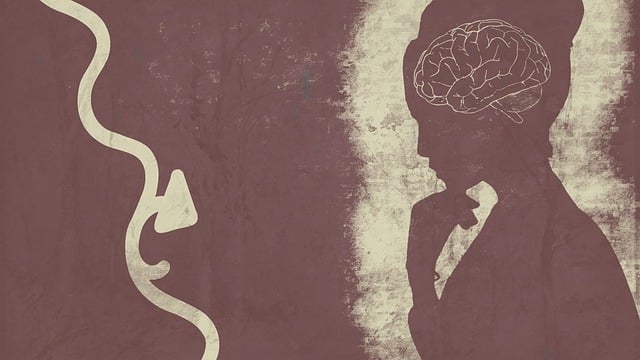
Psychoanalysis and psychodynamic therapy offer a unique and profound approach to understanding and treating various mental health issues. One of its key strengths lies in its ability to uncover and explore the patient’s unconscious thoughts, emotions, and past experiences. Through intensive talk therapy, patients can gain insights into their inner conflicts, defensive mechanisms, and early life influences, which are often at the root of their current struggles. This process empowers individuals to develop a deeper self-awareness and foster personal growth, leading to improved mental well-being.
However, this therapeutic method is not without challenges. It requires a significant time commitment from both the patient and therapist, as it delves into complex psychological territories. The process can be emotionally demanding, as patients may confront distressing memories or feelings they had previously suppressed. Additionally, the interpretative nature of psychodynamic therapy means that both the therapist and client must maintain an open and flexible mindset, which can sometimes make it less appealing for those seeking faster, more direct interventions for their mental health issues.
Integrating Psychoanalysis into Modern Psychotherapy
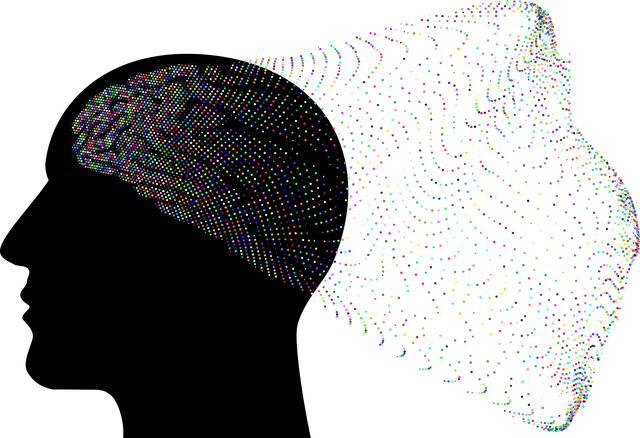
Psychoanalysis, with its rich history and deep insights into the human mind, has evolved to integrate seamlessly into modern psychotherapy. Today, many therapists incorporate psychoanalytic principles alongside contemporary therapeutic approaches to offer tailored treatment for diverse mental health concerns. This integration benefits clients by providing a comprehensive understanding of their psychological issues, often revealing underlying conflicts or early life experiences that significantly impact current behaviors and emotions.
By combining the depth of psychoanalysis with the practical applications of modern therapy, practitioners can create a dynamic and effective treatment environment. Such an approach allows therapists to help clients explore complex emotions, gain self-awareness, and develop healthier coping mechanisms. This fusion of old and new ensures that individuals seeking mental health support receive cutting-edge care while benefiting from the enduring value of psychoanalytic theory in understanding the nuances of the human psyche.
Case Studies: Real-World Applications of Psychodynamic Therapy
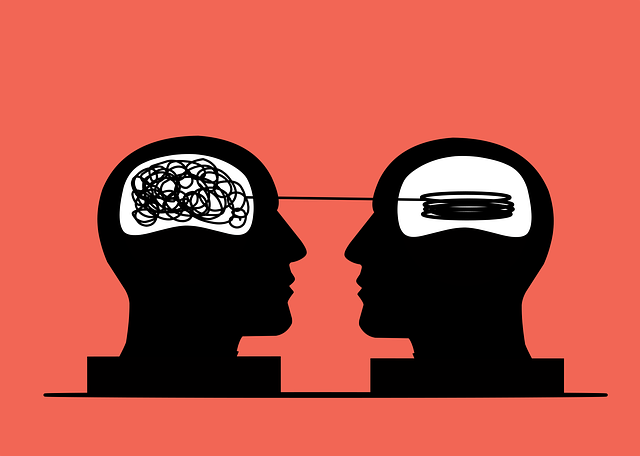
Psychodynamic therapy, a cornerstone in the field of mental health psychotherapy, finds its power in real-world applications through case studies. These detailed explorations of individual patients’ lives reveal the profound impact of early experiences and unconscious motivations on present-day behaviors and emotions. By delving into the patient’s past, therapists uncover hidden conflicts, repressed memories, and defense mechanisms that often lie beneath the surface of their current mental health issues.
Through these case studies, psychodynamic therapy demonstrates its effectiveness in treating a range of mental health conditions. From anxiety and depression to complex trauma and personality disorders, this approach offers insights into the intricate relationships between past experiences and present symptoms. By facilitating self-awareness and understanding, patients can gain new perspectives on their struggles, leading to transformative healing and growth.
